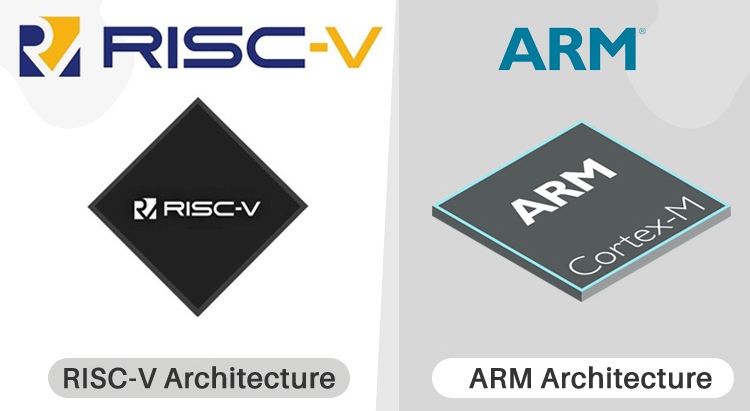Regional, OPEN microprocessors keep getting closer
You aren’t happy? You really should.

One of the positive things of this week is how it showed that this is a great time for microprocessors done right, in the right places.
First, Intel announced that it will invest a lot of money in open-source RISC-V processors. In the same round, Intel also announced a billion-dollar fund that will, among other things, “enable modular products with an open chiplet platform”.
This shows that a colossus like Intel “sees a future in which ARM, x86, and RISC-V all play major roles."
Equally good, in a different but related way, is yesterday’s news that nVidia failed to buy the firm that designs ARM microprocessors, in what would have been “the largest semiconductor deal on record."
The processors designed by ARM, a UK firm, are used by all major smartphone makers, and in many other products, making of ARM one of of Britain’s most successful tech companies. The purchase attempted by US-based chipmaker nVidia worried regulators all over the world, from the UK to China and the United States. Chinese media argued that “If ARM falls into US hands, Chinese technology companies would certainly be placed at a big disadvantage in the market,” read the op-ed. And the US Federal Trade Commission itself opposed the deal, because it would “give the combined company too much control over chip technology anddesigns”.
To know why YOU should be happy about news like these…
just consider that OPEN system-on-chips are good for everybody, because every part of the world, not just the EU (finally!) or India should have their REGIONAL microprocessors. Because what is concretely “eating the world” may be software, but software cannot exist without microprocessors that run it.
Open technologies like RISC and ARM may very well be the best, or at least the most feasible way to make this essential part of modern society work in the most efficient way.
Image source: “Understanding RISC-V Architecture and Why it could be a Replacement for ARM”
Who writes this, why, and how to help
I am Marco Fioretti, tech writer and aspiring polymath doing human-digital research and popularization.
I do it because YOUR civil rights and the quality of YOUR life depend every year more on how software is used AROUND you.
To this end, I have already shared more than a million words on this blog, without any paywall or user tracking, and am sharing the next million through a newsletter, also without any paywall.
The more direct support I get, the more I can continue to inform for free parents, teachers, decision makers, and everybody else who should know more stuff like this. You can support me with paid subscriptions to my newsletter, donations via PayPal (mfioretti@nexaima.net) or LiberaPay, or in any of the other ways listed here.THANKS for your support!